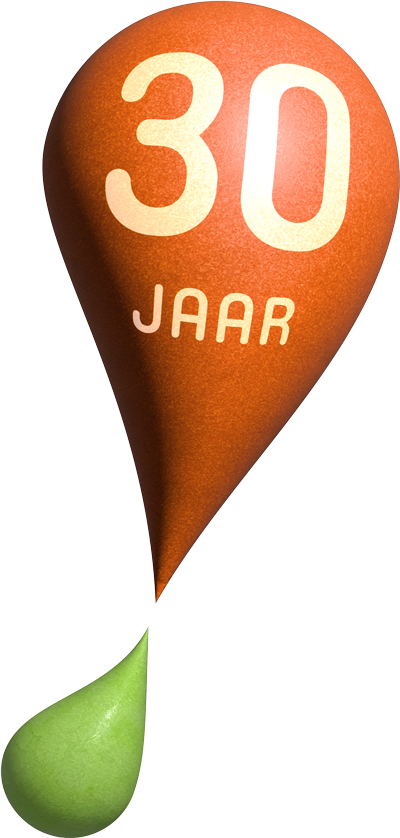Why the Dutch can be proud of their 'green' grass
The Dutch publisher, Elsevier Weekblad recently published a fascinating article as a kind of ‘Ode to the Cow’[1]. I was curious to read their take on a topic so close to my own heart, in my current job at Imagro. Despite its length – ten pages – it was easy to digest. As was the chunk of Dutch mature cheese I was tucking into in the process. An inevitable consequence of reading about...

Cows: a unique Dutch historical and cultural asset
Cows are both a normal part of our lives and yet admirable in so many ways: they’re celebrated in our works of art - from 17th-centrury masterpieces to modern pop art; they adorn our polder landscape with their characteristic black and white form and they cleverly convert grass into high-quality protein. But this latter skill wasn’t always so straight forward.
Centuries ago, it was difficult to grow crops on our wet Dutch river delta land. Grass was everywhere, but it wasn’t suitable for consumption.
Greening the environment
Dairy farmer and member of the Netherlands Agricultural and Horticultural Association dairy team, Jos Verstraten is clear on the current value of Dutch grasslands: “Cows, soil, water, biodiversity, nature and climate come together on grasslands, and on our permanent grasslands in particular. Dutch grasslands differ from traditional fields, because they retain water, this means they lose fewer nutrients and, in fact, bind them. Dutch grasslands provide food for grazers, and their soils builds up organic matter and store carbon. Our grasslands also provide a living environment for numerous animals. So, it’s no surprise that permanent grassland is protected under European law[2].”
The raison d'être of dairy farming
“Grasslands represent no less than 40% of the agricultural area in the Netherlands,” Jos continues. “Because permanent grasslands contribute to the quality of both the soil and the surface water, they are to the Netherlands what the Amazon is for Brazil. The main difference is the productive aspect of Dutch grasslands: the grass can be harvested without damaging the inherent value of what lies below the surface. This has resulted in permanent grasslands becoming the raison d'être of Dutch dairy farming.”
Do we need so many cows?
During recent years, the Dutch have been asking themselves if they need so many cows. A common mantra is “Why do we have to feed the entire world with our Dutch milk when we have to produce it on such a small piece of land, where our own living space is already in such short supply? Why not just have fewer cows?”
Search for common values
Whilst perspectives on the dairy sector many differ, there are a number of shared values that connect us with animals and nature. Values that have been present in our natural ecosystem since day one. This is why Jos, and his farming colleagues are clear on the value the dairy sector and its grasslands: “The contribution grasslands make to biodiversity and climate are a basic prerequisite to greening the environment.” Surely, a shared value, and a clear reason why the Dutch can be proud of their ‘green’ grass.

